Do you regularly find yourself daydreaming about clear blue waters, palm trees, and all-you-can-drink Mai Tais? If you’ve had the chance to visit Hawaii in the past, it’s easy to imagine trading in your daily work day grind for the tropical paradise of the islands.
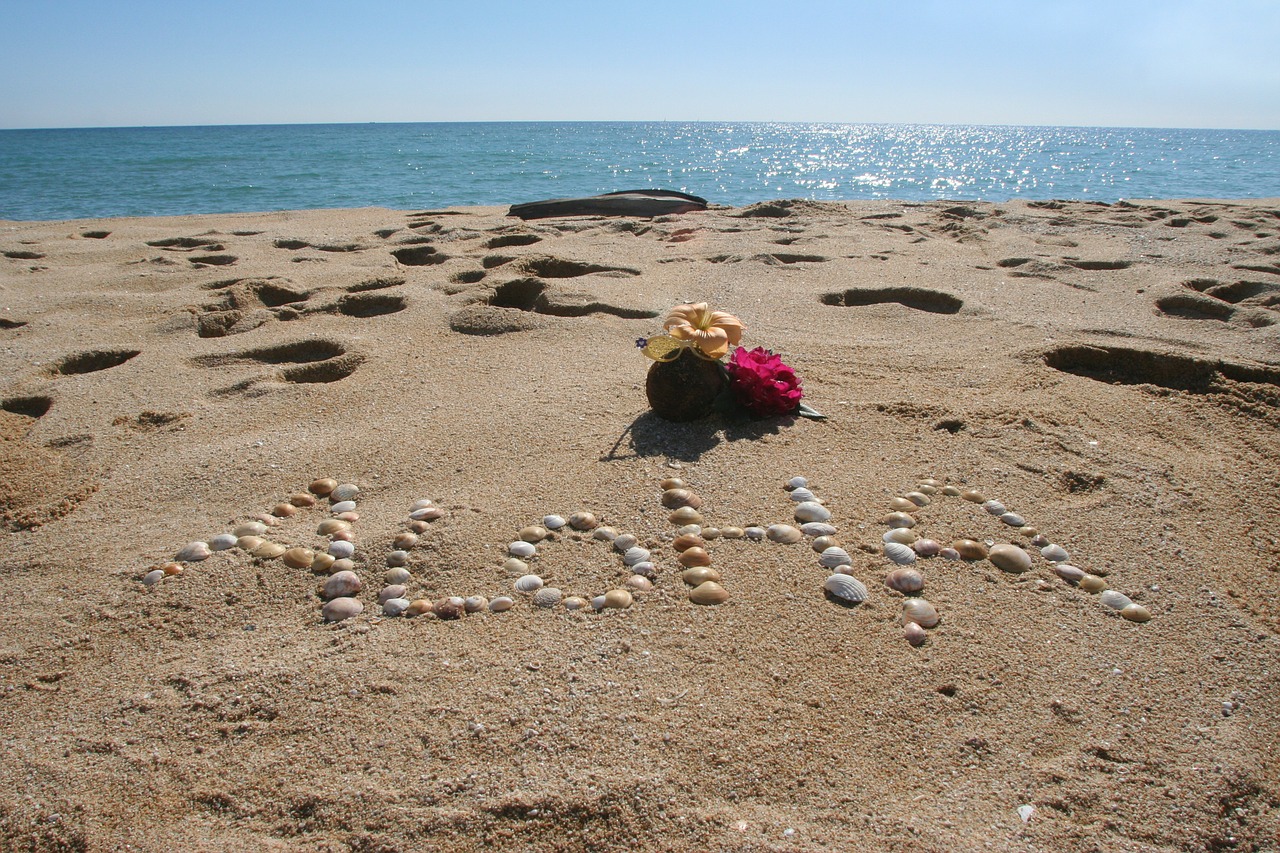
While many spend years working and saving to retire in Hawaii, few make the leap. As America’s most remote state (yes, even more remote than Alaska), the cost of living in Hawaii is significantly higher on average than the cost of living in most other US cities and states. Food, housing, and transportation costs may be more than what you used to paying.
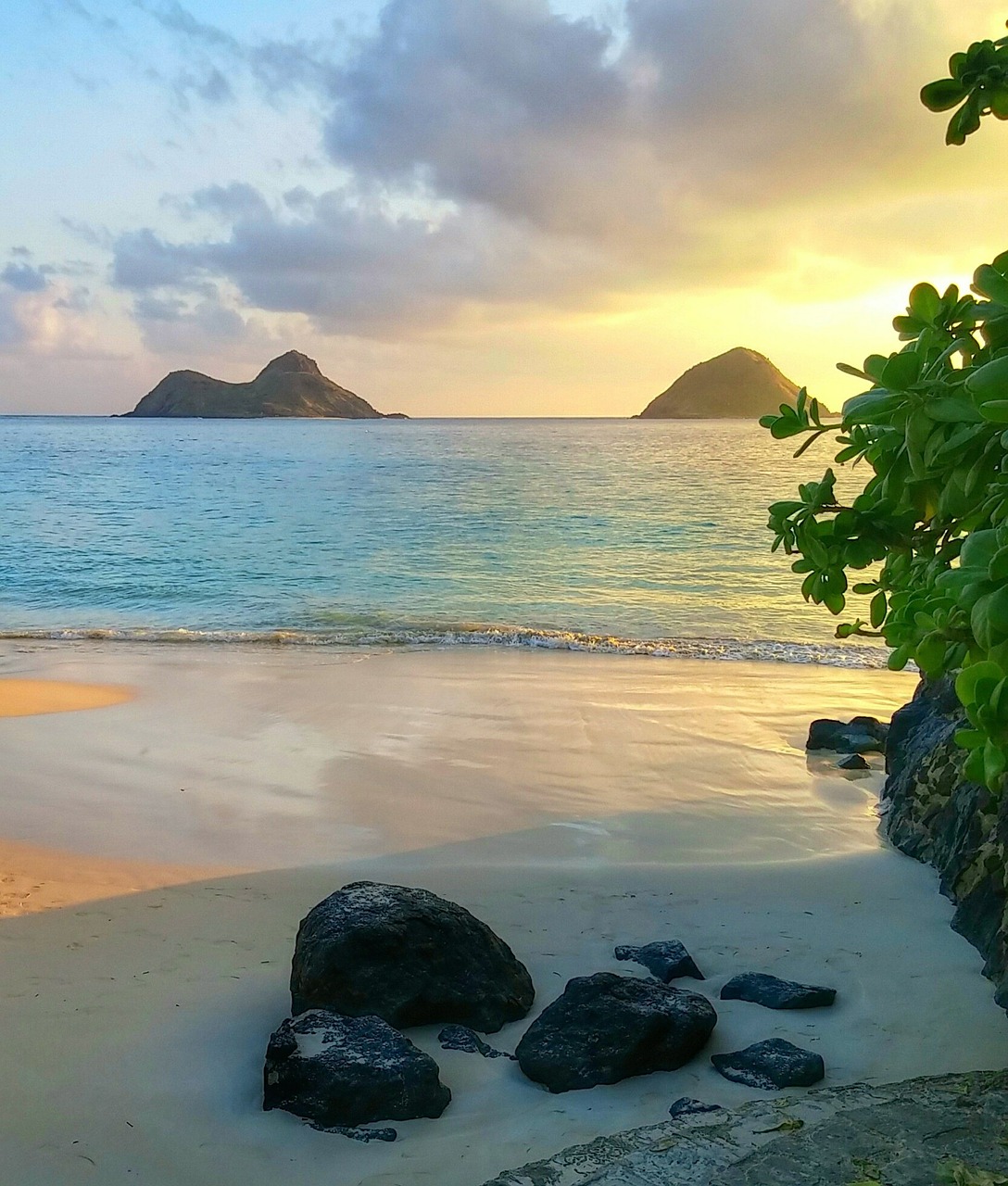
Many people choose to retire in Hawaii, living happy and comfortable days despite the costs. You can too. But before you get too caught up in thoughts of coconuts and hula dancers, it is important to take some time to recognize the costs and benefits associated with island living.
Housing in Hawaii
Living in Hawaii is expensive, largely due to the cost of housing. Most retirees will find that houses, condos, or rentals will cost them significantly more that what they were paying on the mainland.
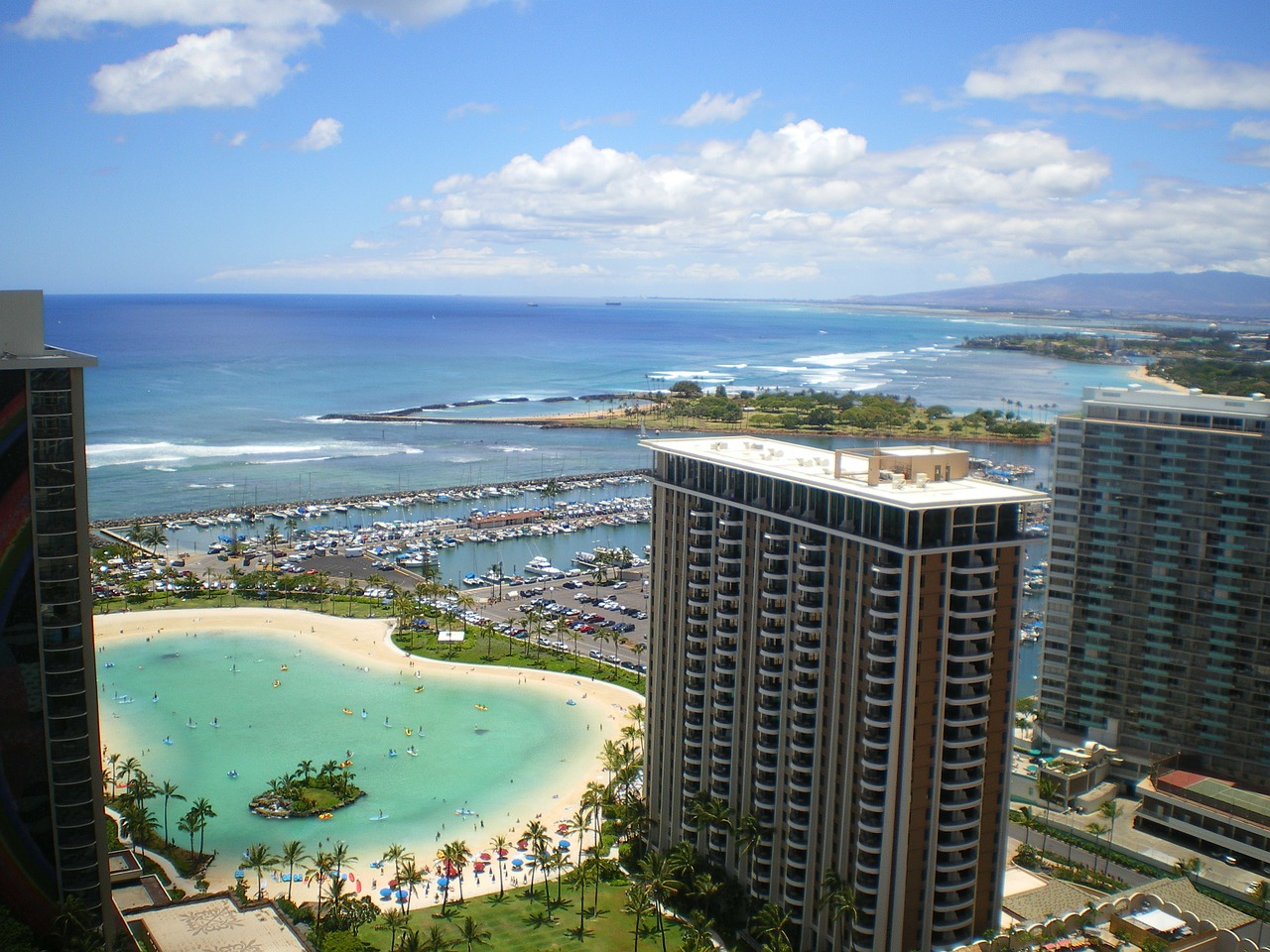
Having a roof over your head doesn’t need to be expensive, however. Once you ditch the idea of a sprawling condo on the beach, you’ll find some great deals. In fact, the cost of housing varies dramatically between islands. For example, a house on several acres of land in Hilo on the Big Island can be nearly half the price of similar housing in Honolulu or around Oahu.
Surprisingly, new homes in Hawaii may be a more wise option for future retirees. In recent years, the price of new homes has dropped drastically, making it a great time to buy. When the value of these homes rises again, you may find that you’ve actually made money on your purchase.
Cost of Utilities in Hawaii
Utility rates and electricity costs in Hawaii are some of the highest in the nation. Fortunately, due to the relatively mild temperatures and year-round climate, you’ll often find you don’t need to keep the air conditioning running all day to keep cool.

With regular sunshine, solar power is common for many Hawaiian properties. Although the upfront investment may be a bit costly, you’ll save lots in the long run.
Food Costs in Hawaii
In case you hadn’t realized, Hawaii is literally the most isolated population center on Earth. It is a staggering 2,000 miles from California, nearly 4,000 miles from Japan, and almost 5,000 miles away from China.
For residents, this distance makes itself well-known at the checkout counter of the grocery store. In short, due to high shipping costs, food in Hawaii simply costs more than it does on the mainland.
Milk, frozen pizzas, junk food, pre-packaged meals, cereal – all may have you in sticker shock.
Fortunately, Hawaii’s sublime climate lends itself to year-round agriculture. If you’re willing to ditch the Snickers bar and switch to locally grown fruit and produce, you may actually find that the cost of food is relatively inexpensive. If you have a bit of property, papayas, bananas, mangoes, and pineapples may all be yours for free.
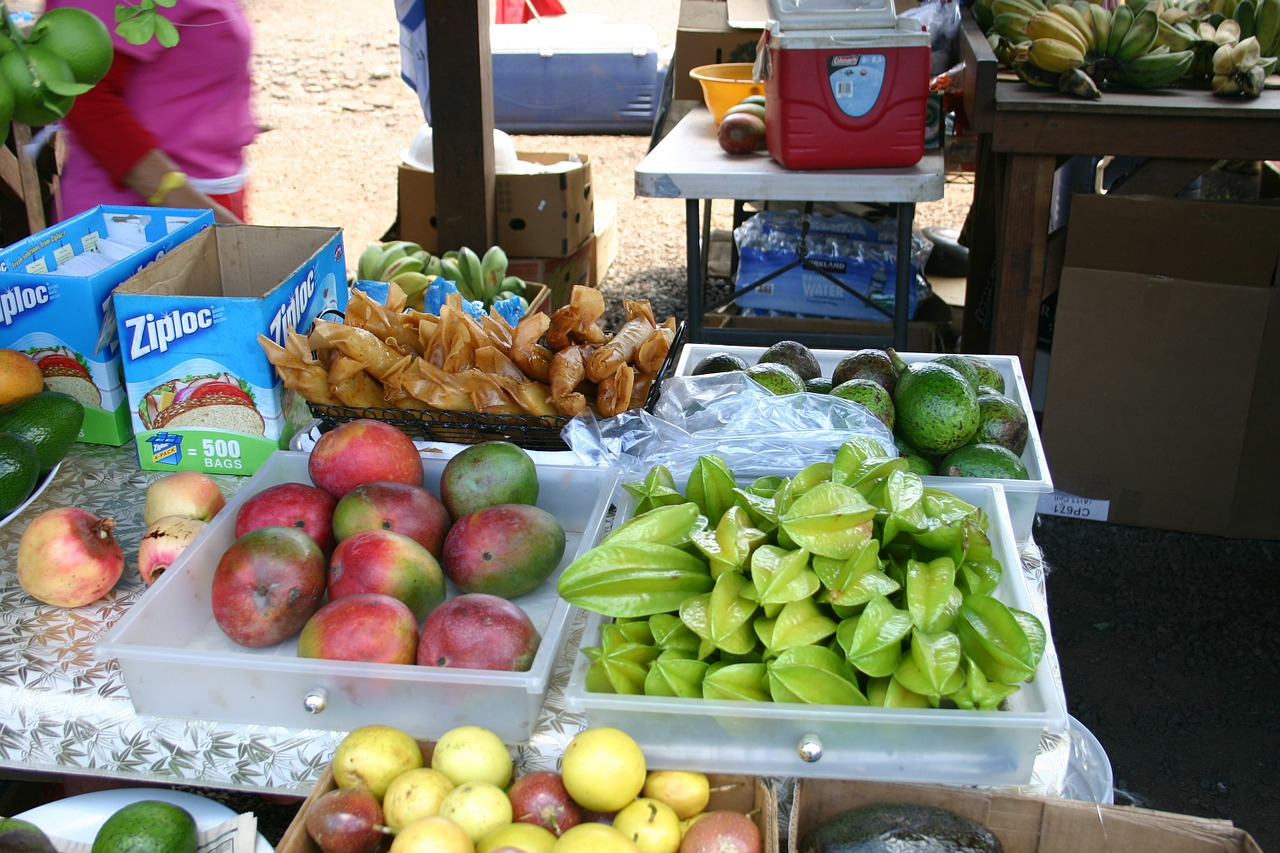
Other staples, such as tomatoes, sweet potatoes, and greens are all grown throughout the islands. Check out local farmers markets to find the best prices.
Transportation in Hawaii
Food is not the only product that comes with a high sticker price in Hawaii. Cars are also quite expensive throughout the islands, although vehicles in Oahu are close to prices you’ll find at home.
Many people decide to ship over their vehicle when the make the leap to retire in Hawaii. It costs about $1,000 and it can definitely be worth the price.
Gas prices are typically higher than in most other parts of the country, although if you’re from Los Angeles you might not notice any difference.
Health and Wellness
Hawaii is often rated a top place for retirement – largely because seniors in Hawaii live longer than in any place in the nation. Chalk it up to the state’s incredible climate.
Mild temperatures year round and infrequent day time storms, allow Hawaii’s residents to really take advantage of the outdoors. Many choose to move to Hawaii to enjoy long, healthy and active lives near the sand. Almost any day is a great day for a walk, a hike, or a run.
With all that exercise and vitamin D, you may find yourself saving money you’d be spending at the doctor’s office or at the gym.
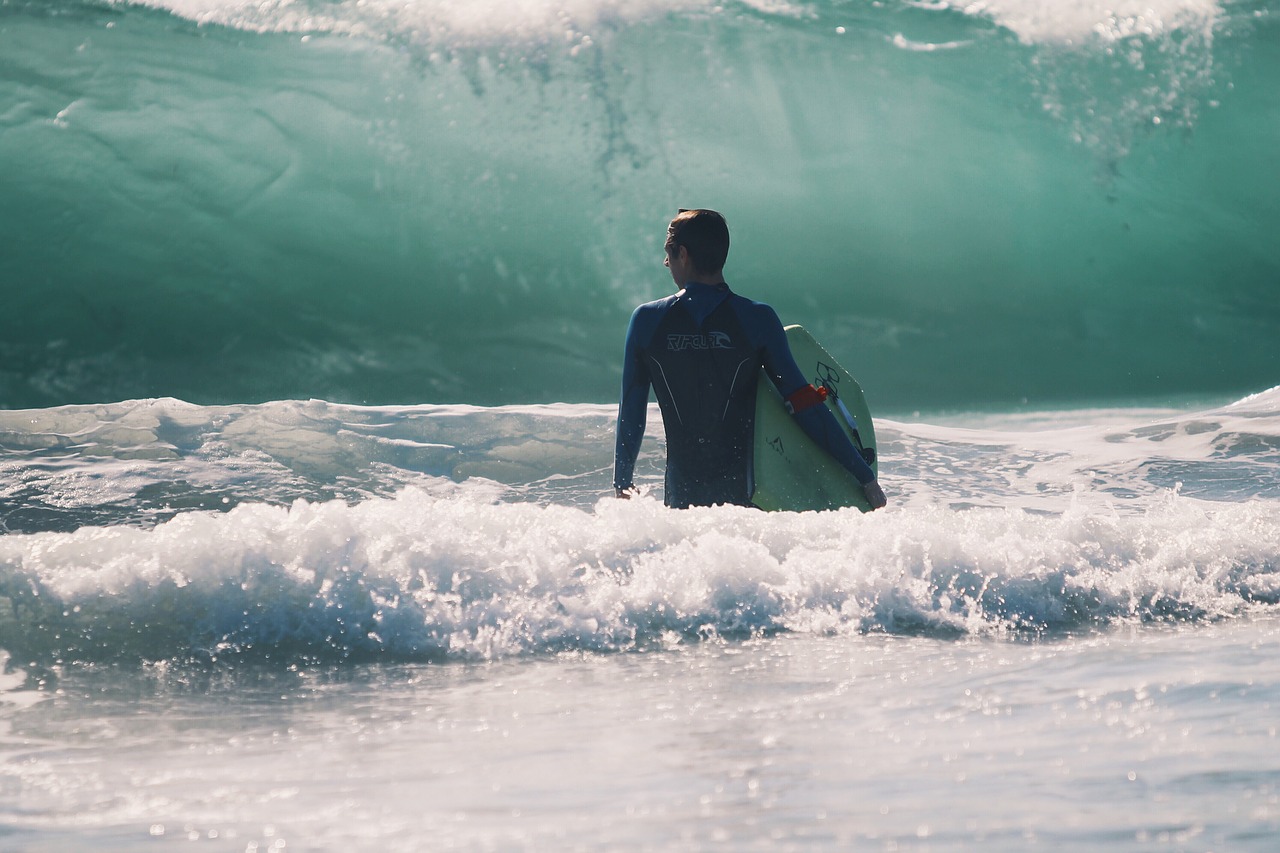
Although it can be expensive, if your dream is to retire in Hawaii, you’ll certainly be able to get by and enjoy a comfortable lifestyle. With a reasonable nest egg, retirement in Hawaii is possible.
Before you make the leap, it’s best to take the time to explore the islands. From Oahu to Maui, the Big Island to Kauai, each island offers something a little different. Take a week to explore each island, visiting local sights and attractions, but also local neighborhoods and grocery stores. This will give you a sense of the cost of living in Hawaii and whether it’s right for you.
5 More Beautiful Reasons To retire in Hawaii
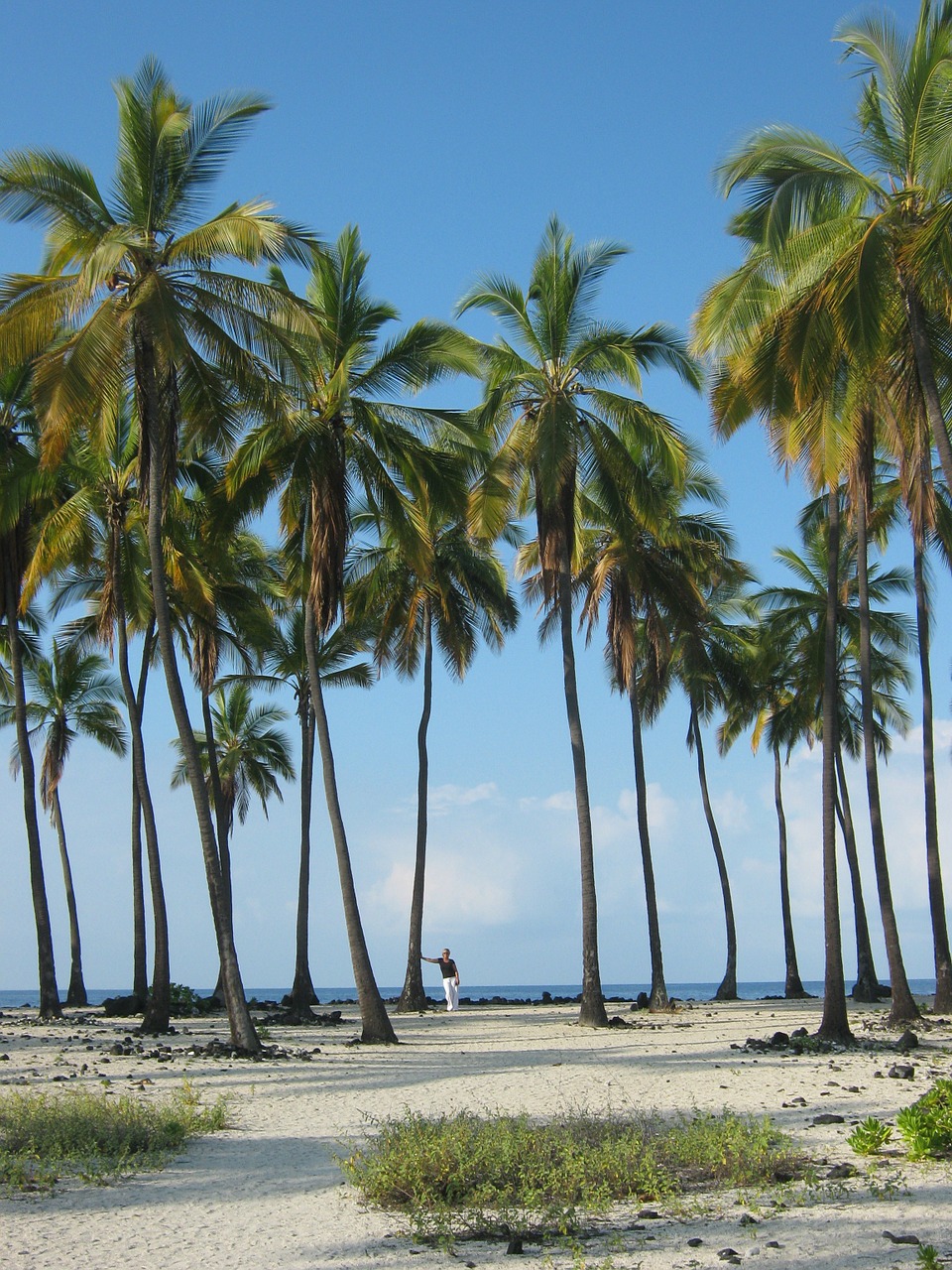



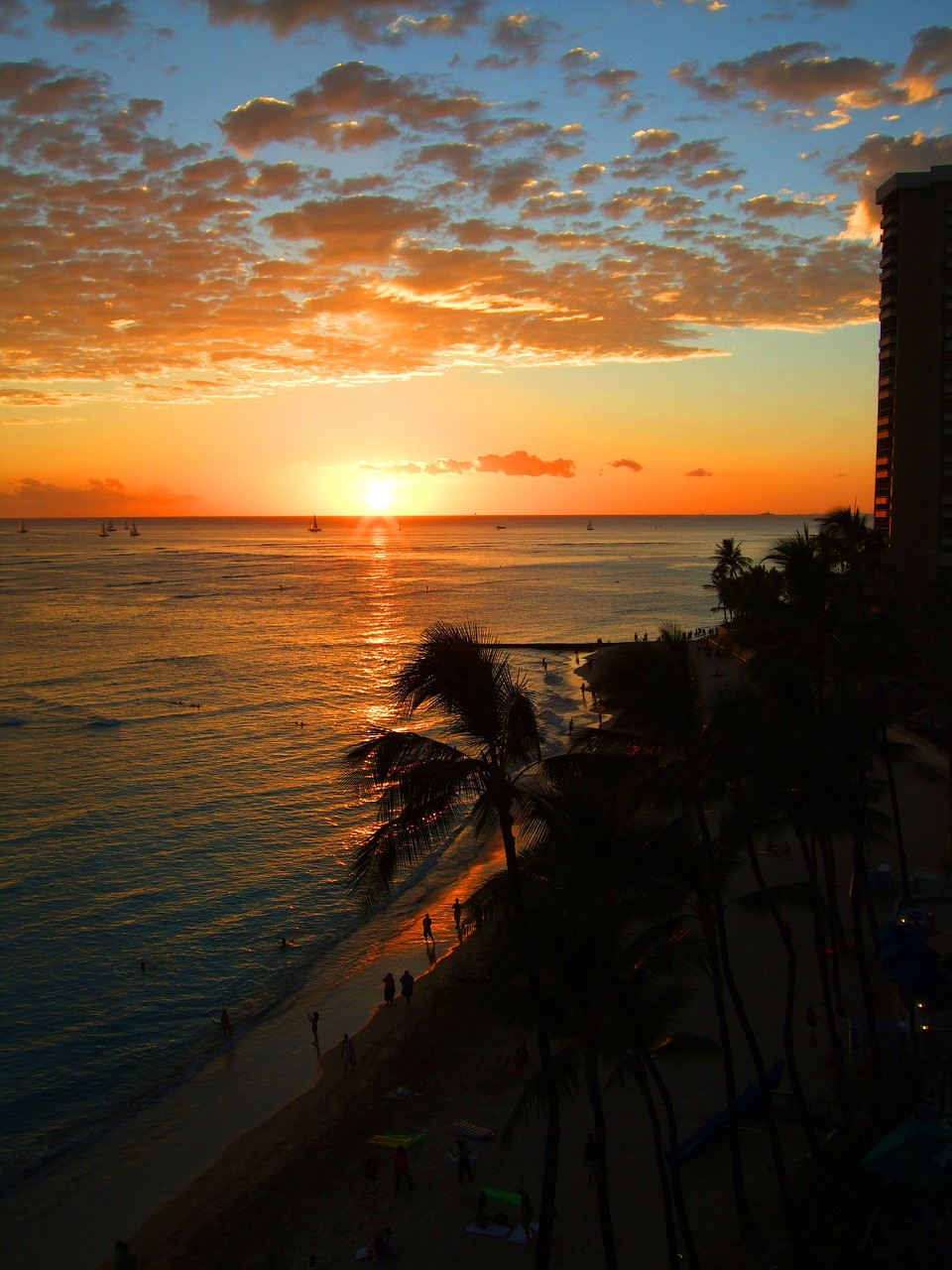
Even if a Hawaiian retirement won’t work for you, a vacation to the islands is always the perfect opportunity to sit back, relax, and unwind.
